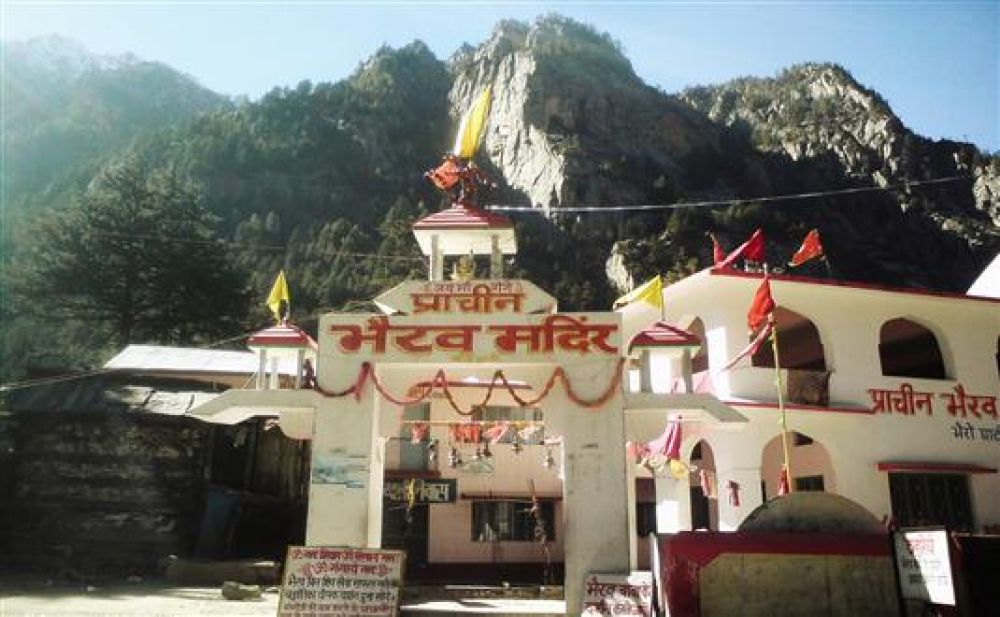

The sacred town of Katra, in the state of Jammu and Kashmir, India, serves as the base camp for pilgrims who visit the holy shrine of Mata Vaishno Devi. An integral part of this pilgrimage is the Bhairon Temple, which is situated atop an adjacent hill to the main shrine. The temple is dedicated to Bhairon Nath, who is believed to have been granted the boon of being the guardian of the Vaishno Devi temple by the Goddess herself. According to local belief, the pilgrimage to Vaishno Devi is considered incomplete without a visit to the Bhairon Temple.
The tourism history surrounding Bhairon Temple is closely linked with the Vaishno Devi shrine, which attracts millions of devotees each year. While records of the exact foundation date of the temple are not concrete, the tradition of visiting Bhairon Temple has been ongoing for centuries. The religious significance of this temple, along with its historical prominence, has made it a pivotal destination for spiritual tourists.
Over the years, the infrastructure surrounding the Bhairon Temple has developed significantly. The Shri Mata Vaishno Devi Shrine Board, which administers the pilgrimage, has been instrumental in introducing facilities that have enhanced the safety and convenience of the pilgrims. This includes the introduction of battery-operated vehicles and helicopter services to the main shrine, followed by a trip to Bhairona.
Additionally, a significant development was the construction of the Bhairon Ghati Passenger Ropeway. Inaugurated in recent years, this ropeway service drastically reduced the travel time to the Bhairon Temple from the Bhawan, making it easily accessible for devotees who were not able to trek the steep and arduous path earlier.
In recent times, the evolution of tourism at Bhairon Temple has seen a blend of spirituality with modern convenience. Despite its remote location, Katra has evolved with a range of accommodations, from budget lodgings to luxury hotels, catering to the diverse spectrum of tourists. The locale has become more than just a religious site, evolving into a mini-holiday destination where families and friends can enjoy the serenity and natural beauty of Kashmir alongside their pilgrimage.
Moreover, eco-tourism and responsible tourism have gained traction. The Shrine Board and local authorities emphasize preserving the natural habitat and promoting sustainability. Tourists are also encouraged to participate in keeping the environment clean and are made increasingly aware of their ecological footprint.
The pandemic saw a temporary halt to tourism, but with restrictions being eased, there has been a significant resurgence in visitors. Tourists are now more inclined towards safer, less crowded, and open-air destinations, a trend that aligns well with the expansive landscapes and outdoor activities available around Katra and the Bhairon Temple.
Visiting Bhairon Temple is not only a journey of faith but also an opportunity to witness the harmonious blend of ancient traditions with contemporary progress. As the region continues to develop sustainably, it remains a beacon of hope for spiritual and cultural tourism in India.